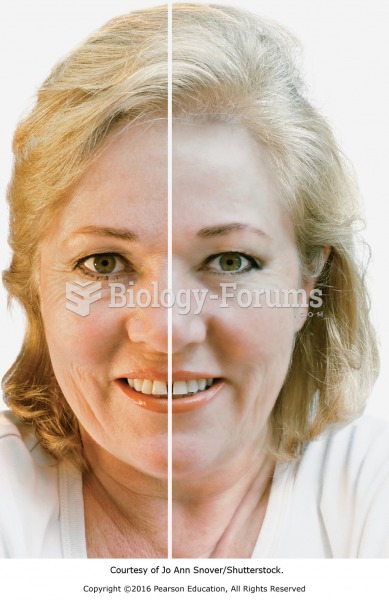Answer to Question 1
Correct Answer: 1,2,3
Rationale 1: Chloroquine is a medication that can be used for chemoprophylaxis of malaria.
Rationale 2: Atovaquone-proguanil is a medication that can be used for chemoprophylaxis of malaria.
Rationale 3: Primaquine is a medication that can be used for chemoprophylaxis of malaria.
Rationale 4: Artemether-lumefantrine is a medication used to treat an acute malarial attack and is not used for chemoprophylaxis.
Rationale 5: Quinine sulfate is a medication used to treat an acute malarial attack and is not used for chemoprophylaxis.
Global Rationale: Chloroquine (Aralen) is the traditional drug of choice, unless travel is to a region known to have a high incidence of chloroquine-resistant strains of Plasmodium. Several options are available for patients unable to take chloroquine or for those who are traveling to areas where chloroquine-resistant species are prevalent. These include the combination drugs atovaquone-proguanil (Malarone), doxycycline, mefloquine, or primaquine. Artemether-lumefantrine is a medication used to treat an acute malarial attack and is not used for chemoprophylaxis. Quinine sulfate is a medication used to treat an acute malarial attack and is not used for chemoprophylaxis.
Answer to Question 2
Correct Answer: 4
Rationale 1: Doxycycline is a second-line agent.
Rationale 2: Primaquine is a second-line agent.
Rationale 3: Mefloquine is a second-line agent.
Rationale 4: The first-line agent for prophylaxis for malaria is chloroquine.
Global Rationale: The Centers for Disease Control and Prevention (CDC) recommends that travelers to infested areas receive prophylactic antimalarial drugs prior to travel, during their visit, and for at least 1 week after leaving. Chloroquine (Aralen) is the traditional drug of choice, unless travel is to a region known to have a high incidence of chloroquine-resistant strains of Plasmodium. Chloroquine therapy begins 1 to 2 weeks before travel, and continues once a week during travel and for 4 weeks after returning. Atovaquone-proguanil (Malarone), doxycycline, mefloquine, or primaquine are options available to patients unable to take chloroquine or to those traveling to areas where chloroquine-resistant species are prevalent.







